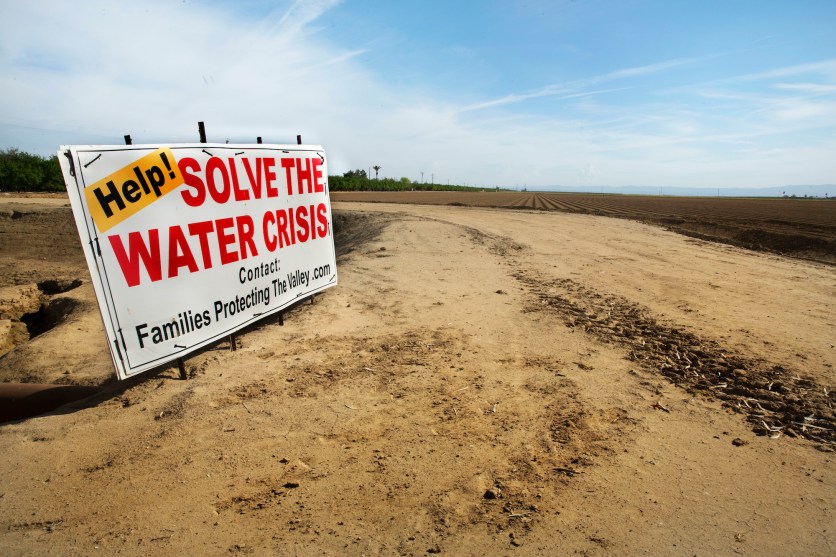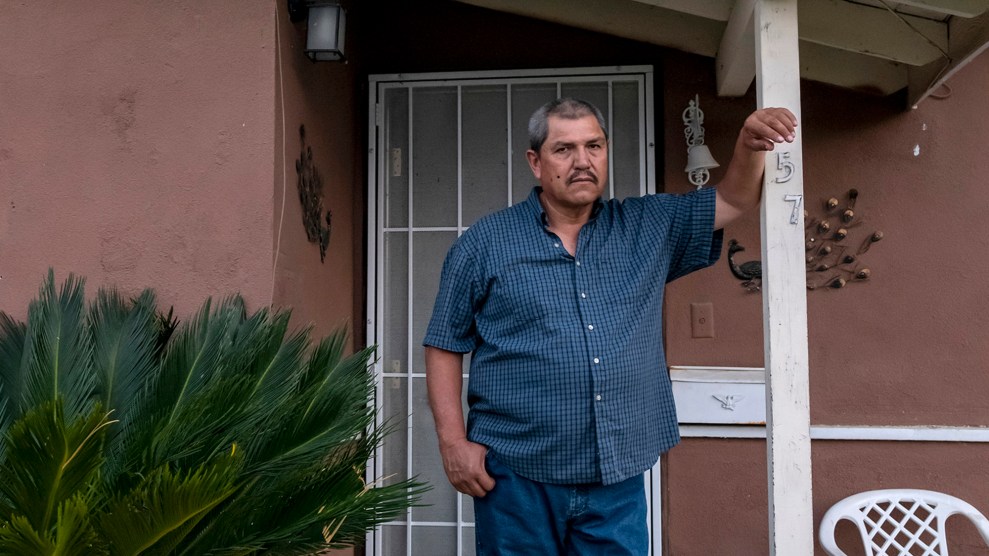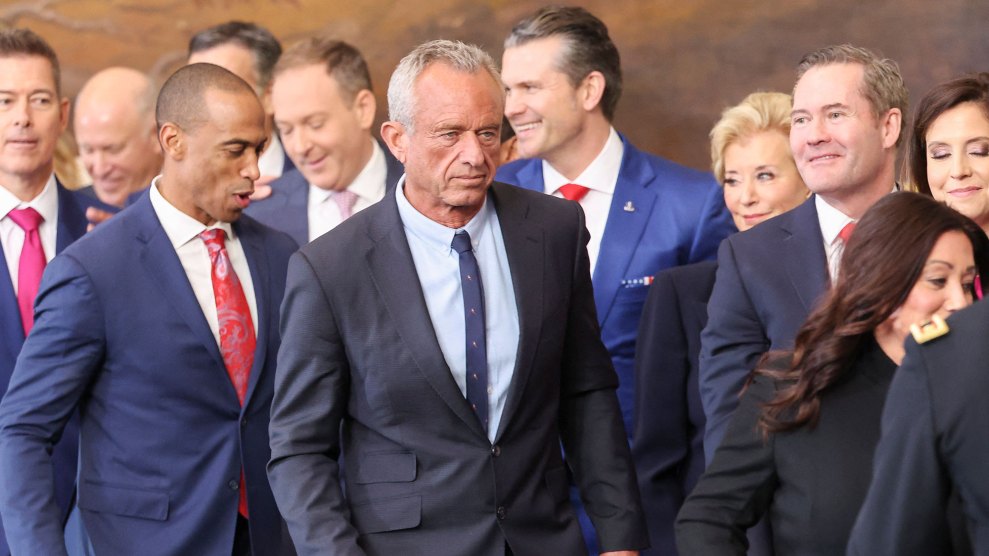
Paramedics respond to a heat exposure call in Salem, Oregon.Nathan Howard/AP
A “heat dome” has settled over the Pacific Northwest, bringing with it record-breaking temperatures and health hazards. The high-pressure dome has parked over much of Oregon, Washington, and British Columbia, trapping heat “like a lid on a pot,” writes National Geographic. And across the West, more than 20 million people are living in areas with a heat advisory or warning, including much of California, Nevada, Idaho, and Montana.
“This is a heatwave that has left meteorological observers in awe, and even caused some of us to question the validity of these extreme model predictions,” notes climate scientist Daniel Swain. “This will most likely become the singularly most intense heatwave in modern history for much of the region, featuring temperatures that will probably shatter all-time record high temperatures in many cities and towns.”
Portland reached a record-breaking 108 degrees on Saturday, and Seattle is expected to reach 111 on Monday. While its historic daytime highs are alarming, this heat wave is particularly dangerous because the nighttime temperatures are so high. (In Portland, tonight’s low is in the 80s.) Without cooler nights, people aren’t able to recover from the physical taxation of being in heat during the day. This creates a particularly hazardous situation in areas like Seattle, where most homes don’t have air conditioning.
This event will also bring hottest overnight temps on record on *multiple consecutive nights* in multiple large cities unaccustomed to extreme heat. Cumulative threat to human health will likely be even greater than during a landfalling major hurricane… #ORwx #WAwx https://t.co/52uor1xyD2
— Daniel Swain (@Weather_West) June 25, 2021
Among the most vulnerable groups to the heat wave are farmworkers, who can’t heed safety advisories to stay out of the sun. It is peak cherry season in Washington; ten million pounds of cherries are being harvested each day, according to the United Farm Workers.
Cherries shrivel in extreme heat, so there’s pressure to harvest them as fast as possible.
Temps will reach 115* this week and even overnight it stays warm.Heat like this can be fatal. In WA it’s legal to house workers in tents so the exposure is 24/7. https://t.co/vO89ofWgNt
— United Farm Workers (@UFWupdates) June 26, 2021
Farmworkers in Washington and California are, in theory, protected by laws that allow for paid breaks in shaded areas and access to water. (The laws aren’t always enforced, and haven’t stopped several deaths from heat stress in recent years.) Most states don’t have heat stress laws, notes the Natural Resources Defense Council.
A federal bill, Asuncion Valdivia Heat Illness and Fatality Prevention Act, was introduced in the House and Senate this year that would direct the Occupational Safety and Health Administration to develop heat stress safeguards, like access to water, limits on time in the heat, and emergency responses for workers suffering from heat-related illnesses. It was named after a 53-year-old farm worker who died of heat stress in July 2004, picking grapes during a 10-hour shift in 105-degree heat.
Climate change is driving extreme heat events around the world today, and will bring more unprecedented heat events in the future. As Swain tweeted, “Essentially every severe to record-breaking heat event globally now has a detectable human fingerprint due to #ClimateChange. Study after study after study have shown this.”















